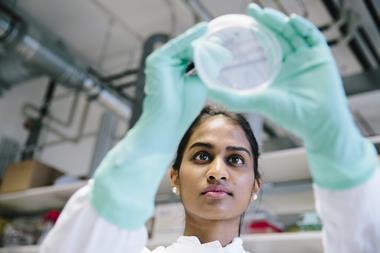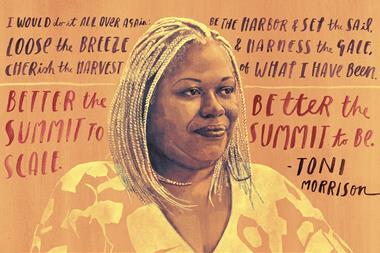In the past, studies have observed that women tend to leave science earlier, and in greater numbers, than men do, but a longitudinal study of 375,000 people has concluded the attrition rate may not be as great as once thought.
The phrase ‘leaky pipeline’ is used to illustrate the loss of female talent at every stage of the academic career pipeline due to systemic barriers that have historically prevented or discourage women from progressing in their careers. The researchers from Poland were keen to explore how researchers leave academic science and how attrition – defined as ceasing to publish – differs between men and women, academic disciplines and over time.
Using bibliometric publication metadata from Scopus – a global database of publications and citations – the researchers followed the publishing careers of 142,776 male and female scientists from 38 OECD countries who began publishing in 2000 and 232,843 scientists who started publishing in 2010 and tracked their scholarly output until 2022. The study was restricted to 16 disciplines within science, technology, engineering, mathematics and medicine (Stemm), including chemistry.
The researchers used survival analysis to compare the overall proportion of men who stopped publishing during that time with a comparable cohort of women and then also compared these attrition rates within individual disciplines. To classify an author as leaving science their final publication had to be dated 2018 or earlier.
The researchers found that around a third of the 2000 cohort left science after five years, approximately half had left after 10 years and around two-thirds left by 2022, with the share of the leavers consistently higher for women than men.
However, gender differences in attrition were smaller for those entering science in 2010 than for those entering in 2000. Looking at all 38 OECD countries, gender differences were clearly visible for the 2000 cohort for all disciplines combined, but disappeared for the 2010 cohort.
Changing picture
‘There are big differences present for older cohorts who started publishing 20 years ago [that] are no longer valid today,’ explains Marek Kwiek, a sociologist who studies science and higher education at the University of Poznan, Poland, and lead author of the study. ‘The gender picture of attrition is changing from cohort to cohort, slowly but surely. And the conclusion is attrition is an issue for the academic profession generally, it’s not a women’s issue only.’
The attrition gender gap still existed among some disciplines in the 2010 cohort, such as biology, but in areas such as computing, maths and physics – where the share of women entering science is small (18%, 25% and 18%, respectively) – there was no difference in attrition rates. For chemistry, which has a higher proportion of women than math, physics and computing – 37% were women in the 2010 cohort – the difference in attrition rates for gender was present, but very small.
Interestingly, the researchers found that the probability of chemists staying in the field for 15 years or more in the 2000 cohort differed widely across Europe – from 15% in the UK, 17% in Ireland and 18% in Germany to as much as 40% and more in Portugal, Italy and Poland.
‘There are ongoing transitions related to globalisation of science – what we are thinking based on our constructs taken from interviews 20 years ago or 30 years ago are just not valid today,’ Kwiek notes. ‘Science is changing rapidly.’
Kwiek points out that there are a number of limitations to the study – first and foremost, the fact that it is difficult to know how many people are leaving academia altogether – something that requires employment data and would not be possible to assess across 38 countries. ‘We never say leaving academia,’ he says. ‘We just say leaving science, assuming that when you are in science – if you look into the sociology of science – you have to be publishing, especially in Stemm areas, even though we know people can continue doing administrative jobs.’
Mary Frank Fox, a public policy expert at the Georgia Institute of Technology in the US, says attrition is a ‘fundamentally important issue’ for the understanding of science and scientists. ‘Without measuring attrition, our analyses are focusing only on those scientists who have “survived” and who remain in the scientific workforce after reductions in numbers of scientists occur along the course of education and careers.’
‘In studies of scientists, attrition has been conceptualised and measured in two ways: 1) exiting from scientific positions and 2) ceasing to publish,’ she says. ‘This study focuses on the second. This means the focus is on attrition in careers as “publishing scientists” and thus, attrition as contributors to scientific knowledge.’
Fox says the study highlights that attrition means different things for women in different fields. ‘Women in life sciences have markedly lower survival rates as publishing scientists than do men,’ she adds. ‘In life science fields, women cease publishing in ever larger proportions over two decades. For maths-intensive fields – mathematics, computer science, physics, women enter these fields in small numbers – and they remain publishing scientists to the extent that men do.’
References
M Kwiek and L Szymula, High. Educ., 2024, DOI: 10.1007/s10734-024-01284-0

















No comments yet